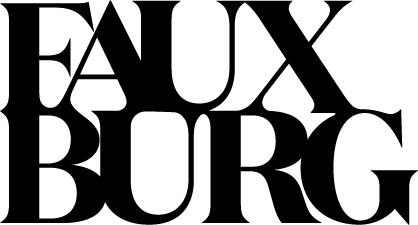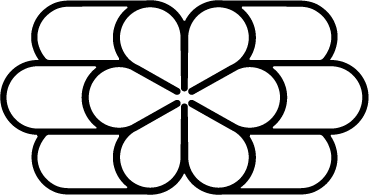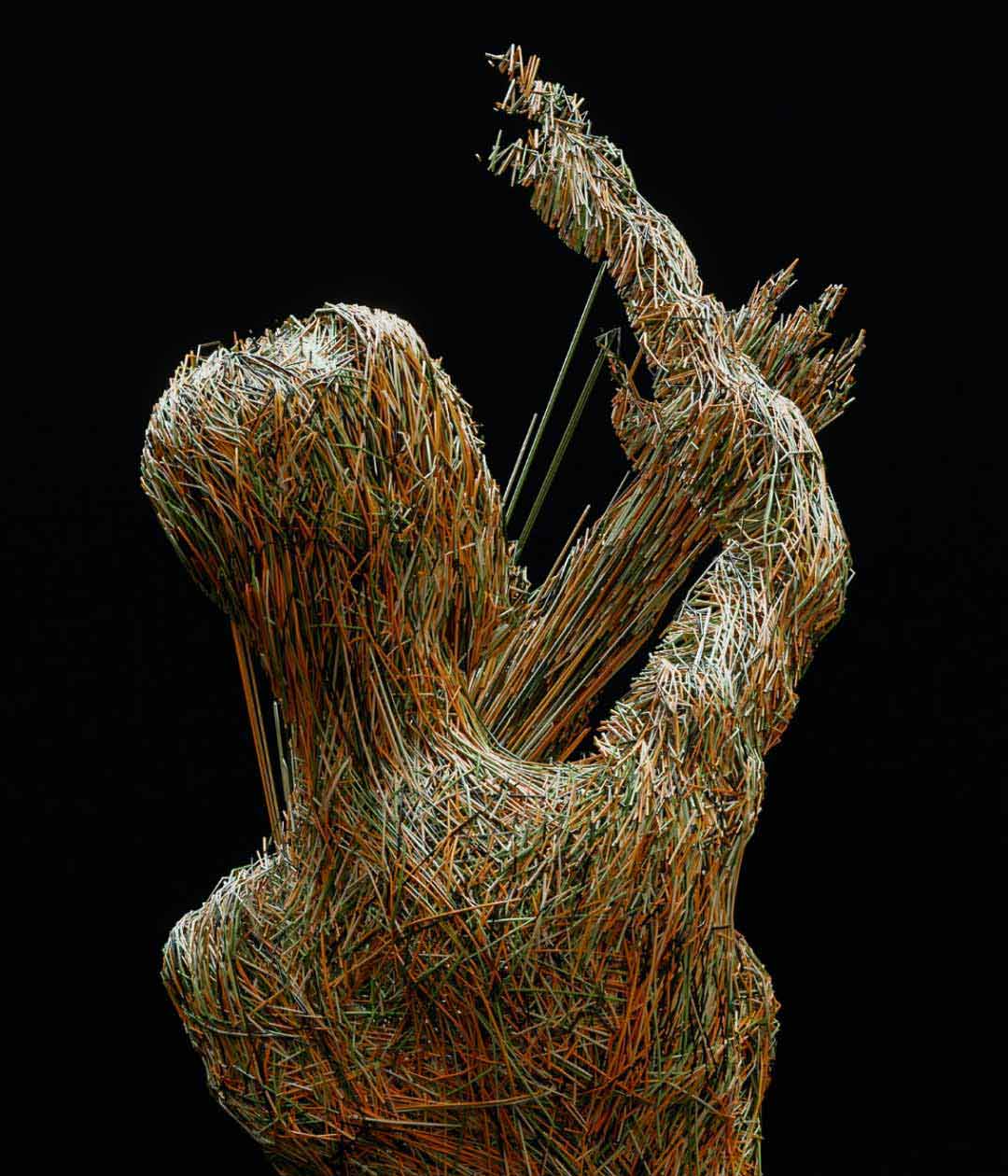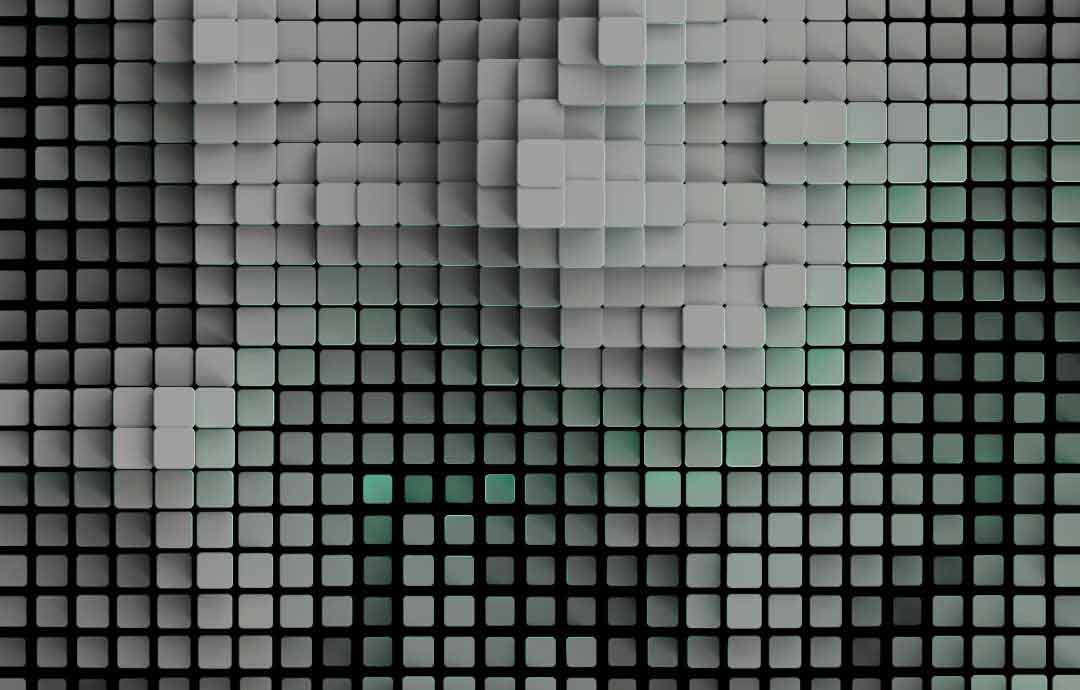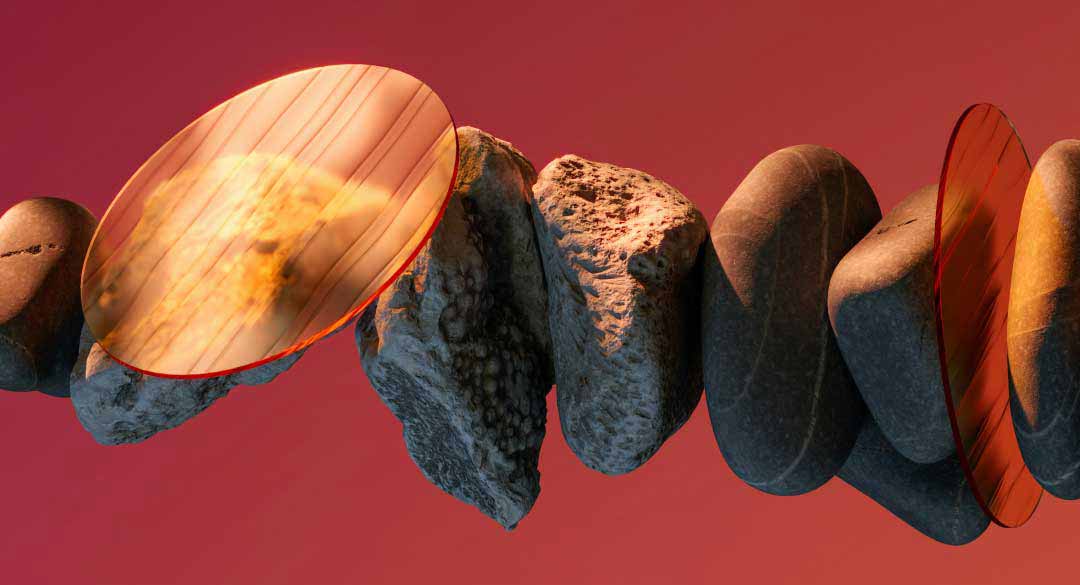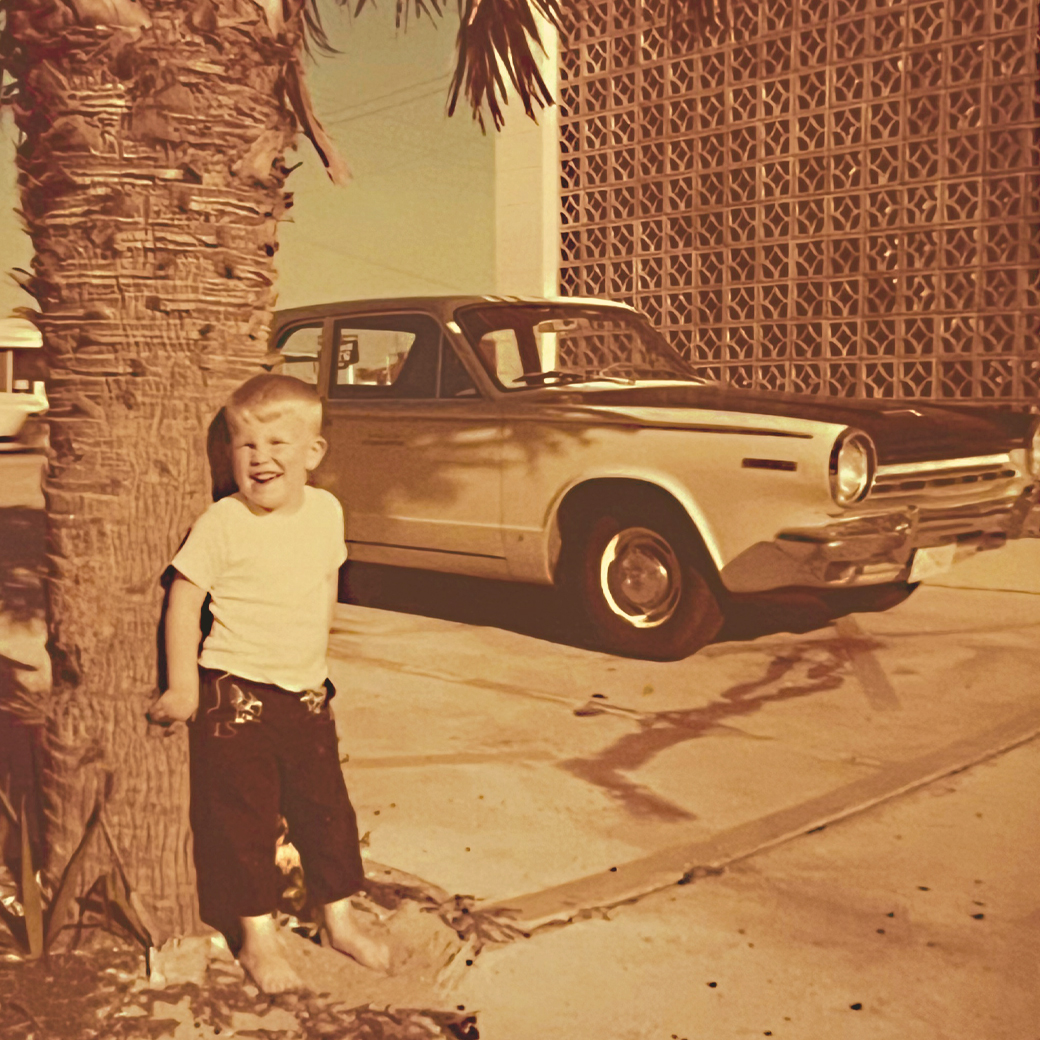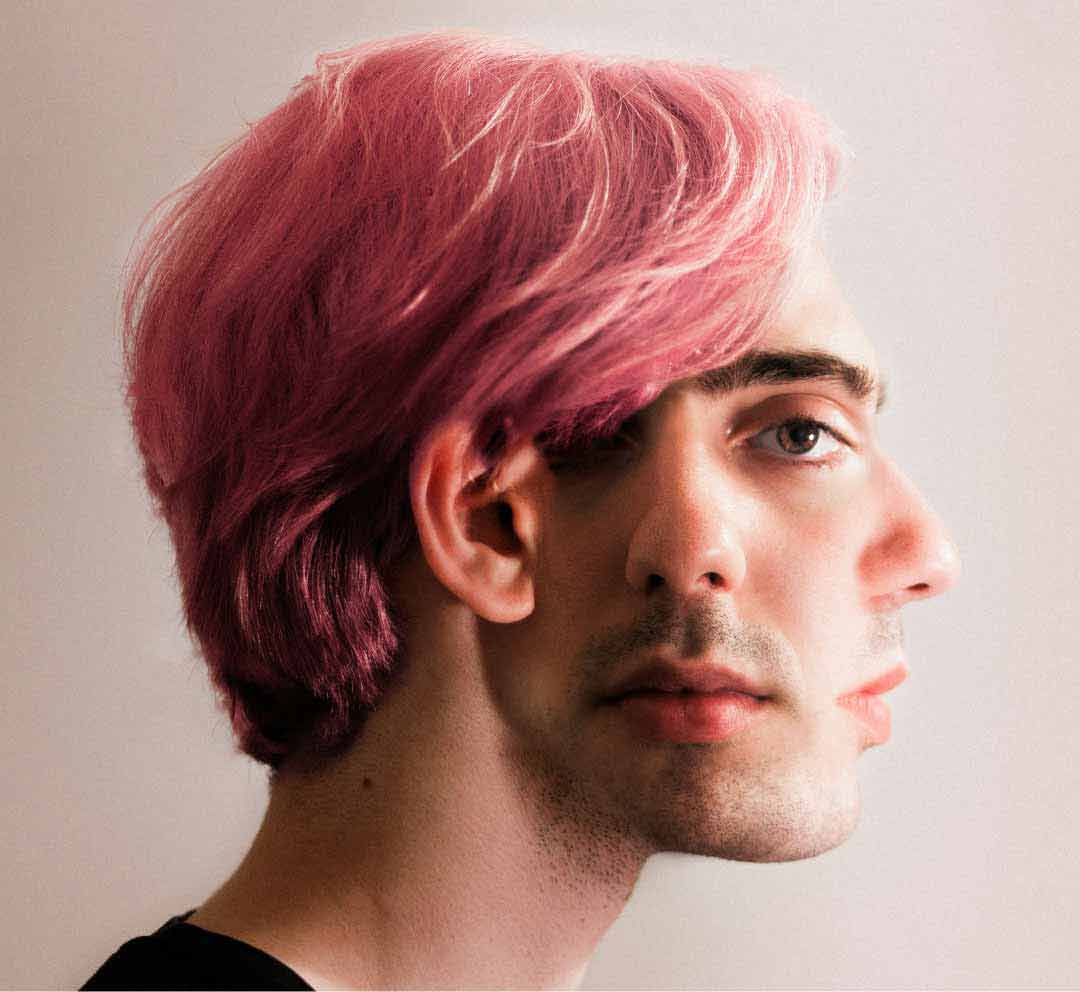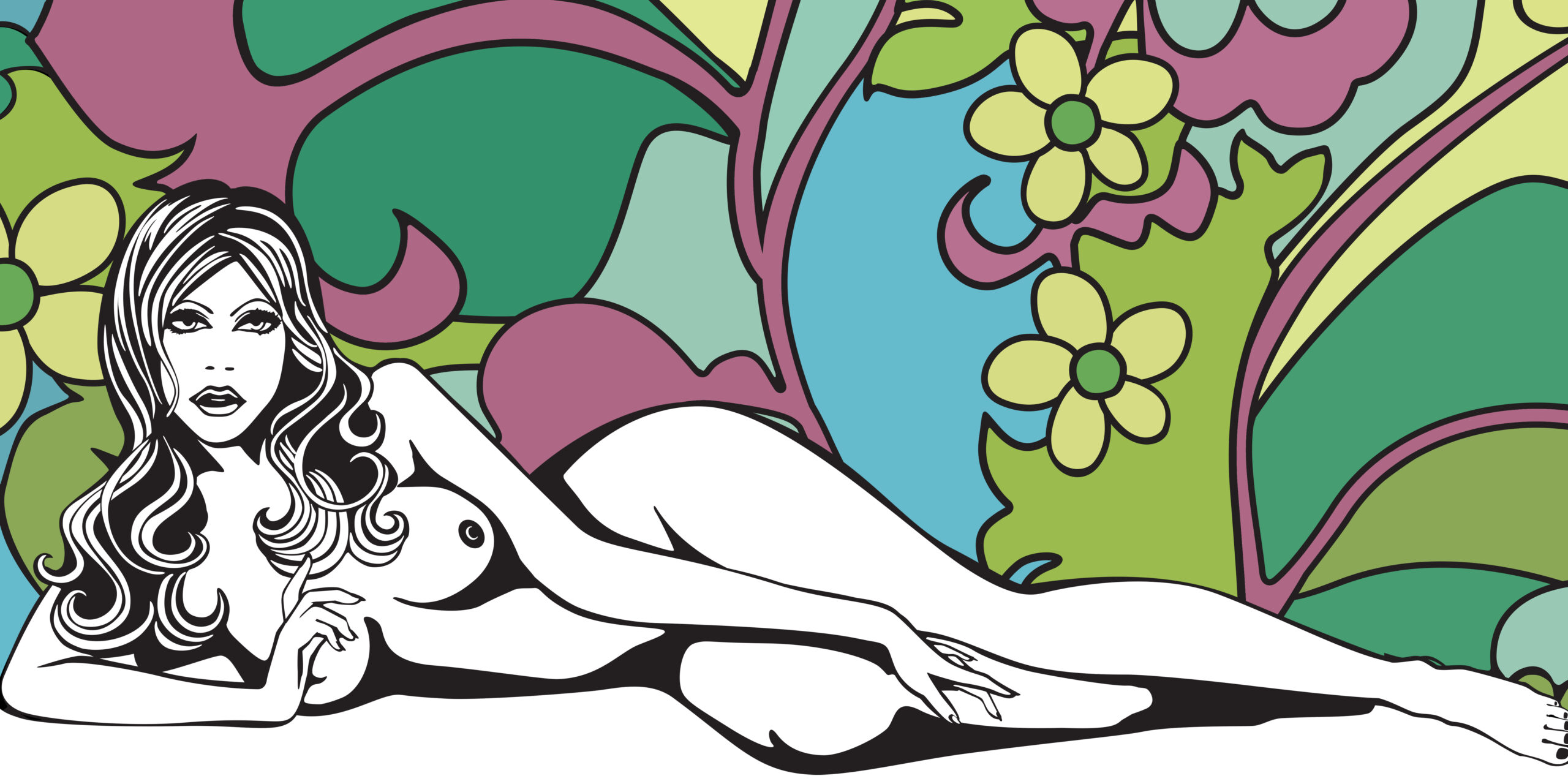
It’s nearly inconceivable that the pin-up, pop art style of Naked Music’s numerous covers featuring anodyne, nude illustrations would be permitted in today’s hyper-sensitive culture.
As we move further away from the previous century, we begin to realize that the 90s the last age of innocence, which ironically means it was the last cultural moment where the heady, anything goes zeitgeist of the 60s and 70s had any broad (no pun intended) influence. ‘Nude Dimensions’ is a continuing series that revisits the turn-of-the century phenomenon known as Naked Music, and the cultural spirit of the age that preceded social media.


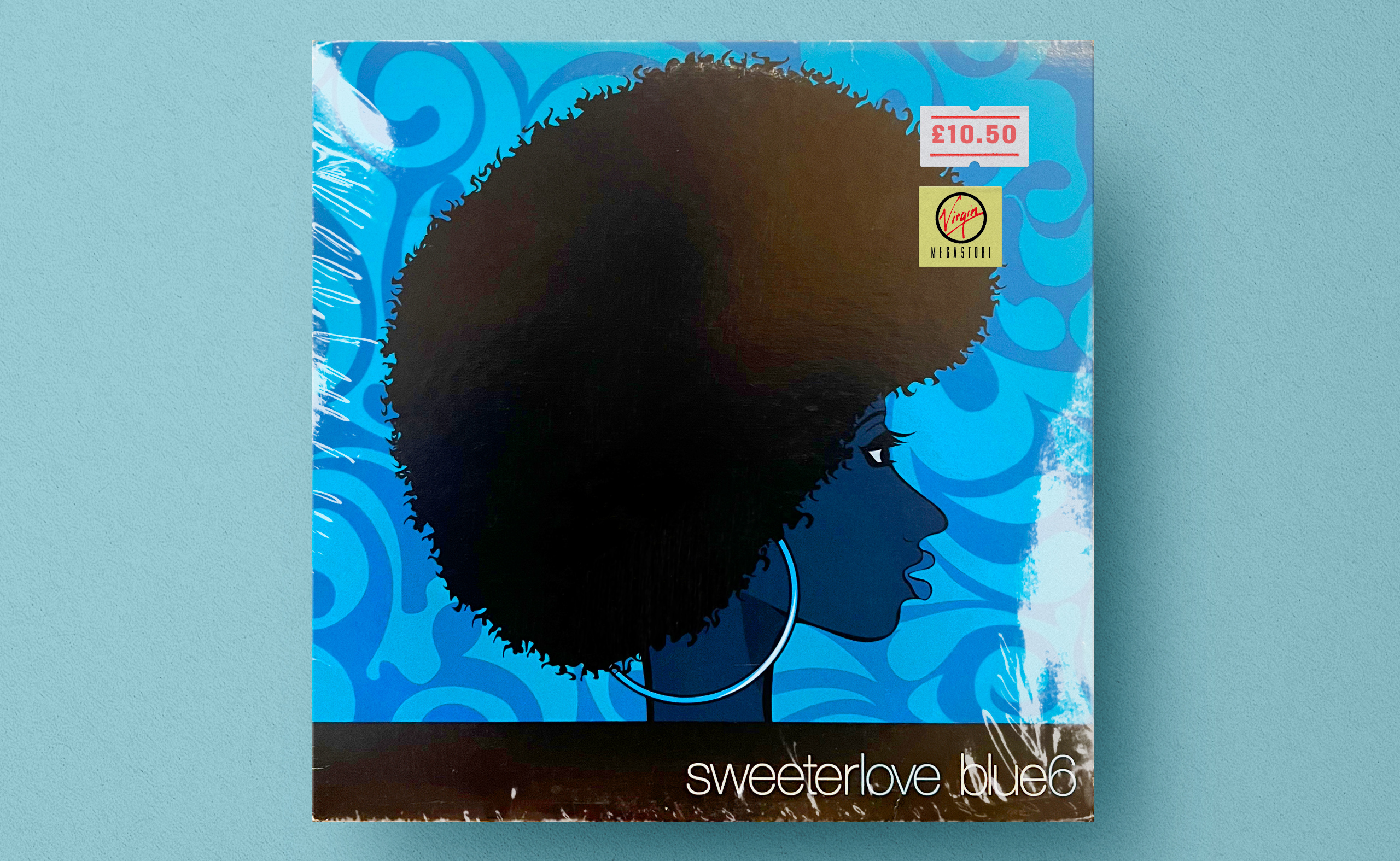
François Started it All
I met François Kavorkian in 1997 when I was living in New York (and San Francisco). At the time, I was working for Phil Smith, the owner of Twilo (formerly Sound Factory) and the Sound Factory Bar, creating the brands for both locations. My day job was art director at Eightball Records, where I did all the graphics and learned to operate the lathe that made dubplates for most of the top house music producers in NYC at the time.
I had the privilege of listening to new tracks from Françcois, Frankie Knuckles, Danny Tenaglia, David Morales, and numerous others, weeks, if not months, before release. François asked if I could create the cover for a new single he was releasing by Jay Denes (Blue 6) on his imprint, Wave Music.
Jay was also starting his own record label at the time and asked if I was interested in proposing an identity for Naked Music Recordings. I was stoked, and immediately proposed a couple of concepts.
Naked Music NYC
So many things were happening at the same time. My agent was getting me heaps of illustration work, outside the world of house music, but Naked Music seemed to be always on the periphery. I had created the identity, in 1995, for Patrick Moxey’s Ultra Records, and they released, ‘Motivation’, by Naked Music NYC in 1996. Then, Naked Music NYC started releasing on my hometown record label, Om Records, San Francisco. The head of A&R at Om was my good friend, Bruno Ybarra. Bruno, along with Dave Boonshoft and Jay Denes, ultimately decided to create the record label in 1997. This was a year after I had submitted my proposals for Naked Music to Jay. In the meantime, they had started working with the well-known graphic designer Stefan Sagmeister. Although I loved Sagmeister’s work (still do), I felt like the designs he’d done for Naked were pretentious and unsuitable for the sultry, sexy sounds of Naked.
Although I was a little bit crestfallen, I’d forgotten about, and instead found myself suddenly living in Barcelona, working for a clothing company, Custo Line (funny enough, a few of the Custo t-shirt designs I created feature the icon that would eventually become the Naked logo).
Advanced Micro-Interactions
Micro-interactions are subtle design elements that enhance the user experience by making web interactions feel more human and engaging. As we approach 2025, expect micro-interactions to become more sophisticated, with animations and transitions that are not only aesthetically pleasing but also intuitive, guiding the user’s journey seamlessly across the website.
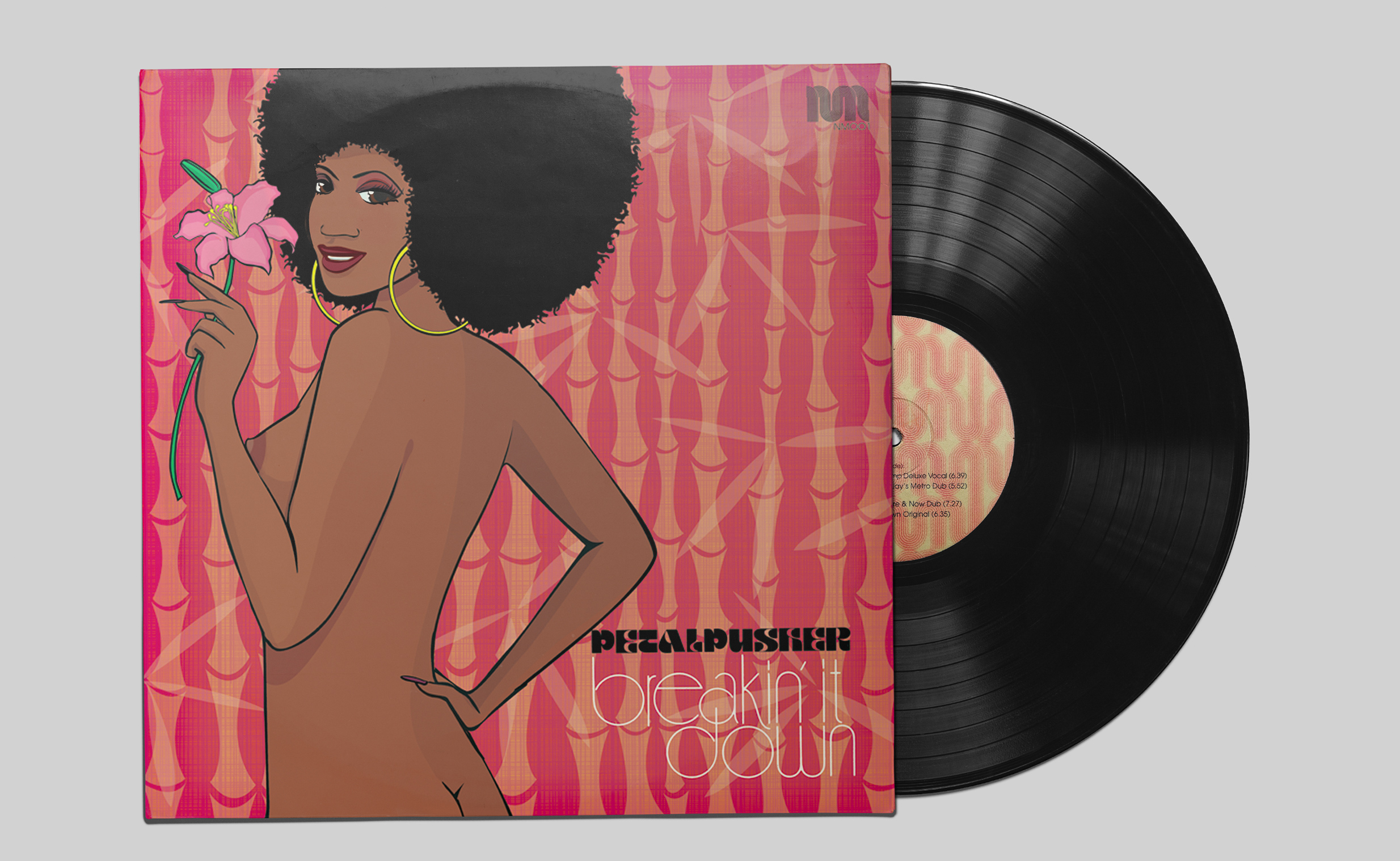
NM001, Petal Pusher, ‘Breakin it Down’
The minimalist design trend is nothing new, but by 2025, it will evolve to emphasize ultra-clean layouts with bold, expressive typography and a restrained color palette. This trend focuses on simplicity and functionality, reducing cognitive load and enhancing user experience.
Immersive 3D Elements
As web technologies advance, so does the ability to incorporate more dynamic and immersive elements into web design. 3D elements, when used judiciously, can provide depth and realism to a website, capturing user attention and improving engagement. Expect more websites to include 3D visuals that are seamlessly integrated into the design, providing a more interactive experience without compromising load times.
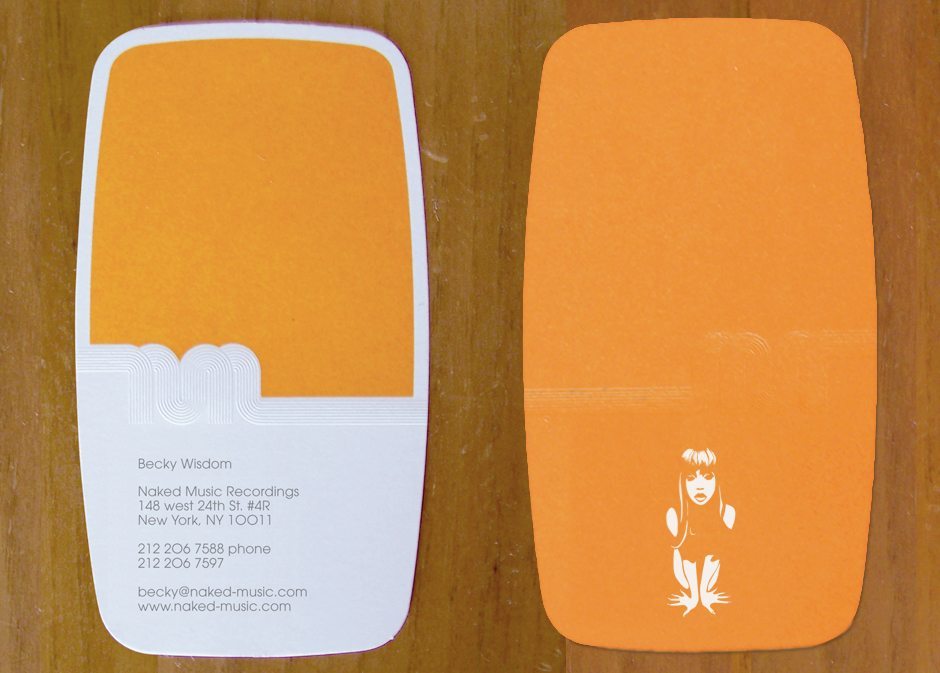
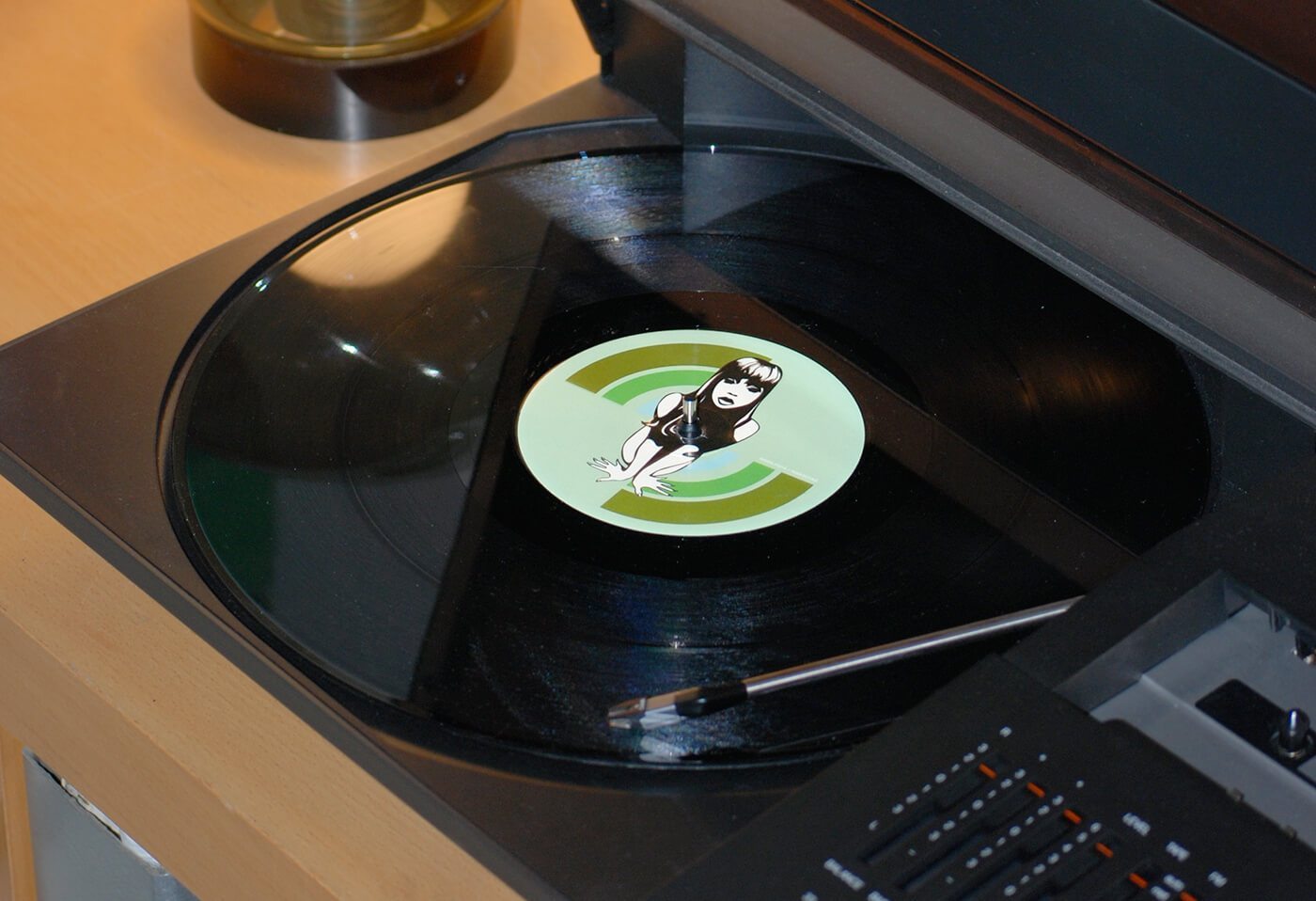
Sustainability in Web Design
Sustainability is becoming a priority in all sectors, including web design. Designers are increasingly adopting practices that reduce the environmental impact of digital products. This includes optimized images and assets that require less energy to load, sustainable hosting solutions, and designs that promote or facilitate eco-friendly behaviors among users.
